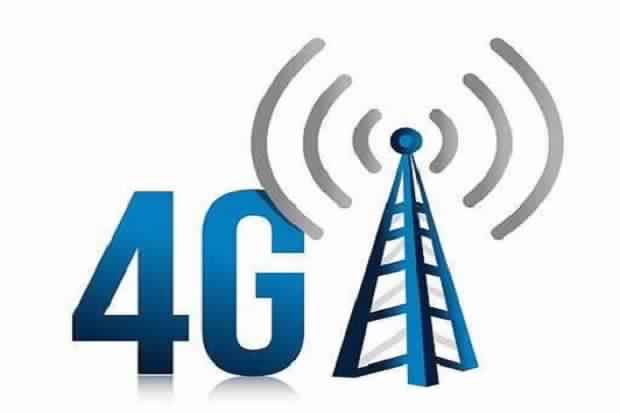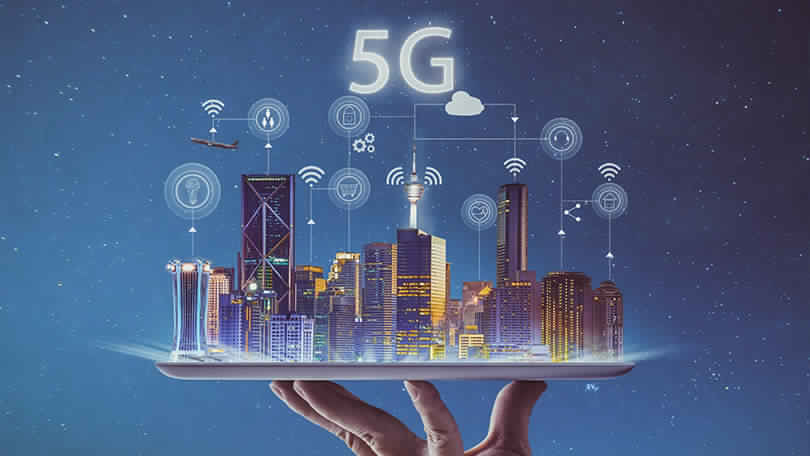During RRC_CONNECTED mode, if the eNodeB decides that the UE needs to perform LTE inter-frequency and inter-RAT monitoring activities, it will provide the UE with a measurement configuration which includes a monitoring gap pattern sequence. Similar mechanisms exist in UMTS (known as ‘Compressed Mode gaps’ and ‘FACH Measurement Occasions’ depending on the state and capabilities […]


Different channels are used for data to be transported through the LTE radio interface. These channels are used to separate the various types of data and allow the data to be transported across the radio network in an organized manner. Effectively the different channels provide interfaces to the higher layers within the LTE protocol structure […]

New Radio is a new air interface that is not backward compatible with LTE, LTE⁃Advanced or LTE⁃Advanced⁃pro. Without depending on 2G, 3G or 4G networks, NR networks can be independently deployed. In order to be able to work independently, NR should have a complete set of RAN functionalities. Just like the previous mobile generation networks, […]

Introduction Mobile network operators around the world are experiencing huge growth in mobile data traffic and forecasts suggest that over the coming years it is set to rise even more dramatically. In the populated areas where traffic density is extremely high, many operators are already facing capacity challenges. The notion “capacity crunch” where operators face […]

Channel Element The SW licensed capacity resources required for a dedicated channel (DCH or E-DCH) are described by Channel Element (CE). The number of channel elements required in a RBS is based on the traffic type and is dependent on the radio bearers to be used and on the simultaneous users for each bearer. Hardware […]

The radio resource management (RRM) functionality with HSDPA and HSUPA has experienced changes compared with Release 99. In Release 99, the scheduling control was mainly based in the radio network controller (RNC). While in the base station (BTS or Node B in 3GPP terminology) there was basically a power control-related functionality. In Release 99, the […]
